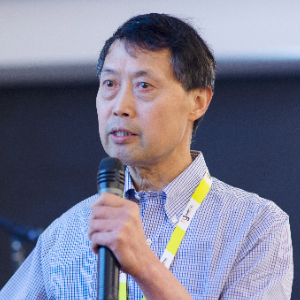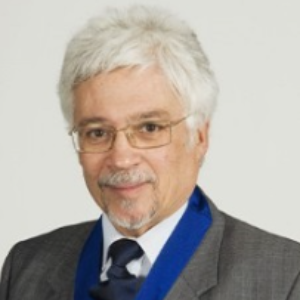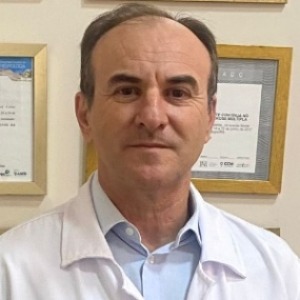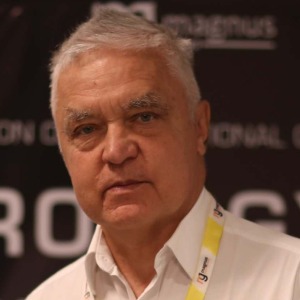Polysomnography
Polysomnography is a medical diagnostic test used to measure and record the physiological changes during sleep. It is the best method to diagnose various types of sleep disorders such as apnea, periodic leg movements, narcolepsy, and parasomnias. The test requires the patient to sleep overnight in a sleep center while a machine records various body activities. The test involves body measurements such as the electroencephalogram (EEG), the electrocardiogram (ECG), and the electromyogram (EMG). The EEG is used to measure the electrical activity in the brain, the ECG is used to measure the heart rate and the electrical activity of the heart, and the EMG is used to monitor the muscles. During the test, the patient’s breathing rate, pulse, blood oxygen level, and body temperature are measured. In addition, the patient’s posture, sleep position, and sleep movement are recorded. The recorded data are analyzed to determine if the patient has any sleep disorder, the type of sleep disorder, and the severity of the condition. Polysomnography is especially useful for diagnosing sleep apnea, a condition in which the patient stops breathing periodically during sleep. It can also be used to diagnose other sleep disorders such as periodic limb movement disorder, narcolepsy, and disorders caused by sleep deprivation. Polysomnography is an important diagnostic tool for sleep-related disorders and should be used as part of the diagnosis process. It can provide valuable information on the patient’s sleeping patterns, sleep quality, and other physiological unbalances. It can also help identify any underlying medical conditions that may be causing the sleeping disorder. The results of the test also help develop an effective treatment plan.

Ken Ware
NeuroPhysics Therapy Institute, Australia
Robert B Slocum
University of Kentucky HealthCare, United States
Yong Xiao Wang
Albany Medical College, United States
W S El Masri
Keele University, United Kingdom
Jaqueline Tuppen
COGS Club, United Kingdom
Milton Cesar Rodrigues Medeiros
Hospital Santa Casa de Arapongas, Brazil




Title : Perception and individuality in patient cases identifying the ongoing evolution of Myalgic Encephalomyelitis/Chronic Fatigue Syndrome (ME/CFS)
Ken Ware, NeuroPhysics Therapy Institute, Australia
Title : Narrative medicine: A communication therapy for the communication disorder of Functional Seizures (FS) [also known as Psychogenic Non-Epileptic Seizures (PNES)]
Robert B Slocum, University of Kentucky HealthCare, United States
Title : Rabies: Challenges in taming the beast
Alan C Jackson, University of Calgary, Canada
Title : Neuro sensorium
Luiz Moutinho, University of Suffolk, United Kingdom
Title : Traumatic Spinal Cord Injuries (tSCI) - Are the radiologically based “advances” in the management of the injured spine evidence-based?
W S El Masri, Keele University, United Kingdom
Title : Personalized and Precision Medicine (PPM), as a unique healthcare model through biodesign-driven biotech and biopharma, translational applications, and neurology-related biomarketing to secure human healthcare and biosafety
Sergey Victorovich Suchkov, N.D. Zelinskii Institute for Organic Chemistry of the Russian Academy of Sciences, Russian Federation